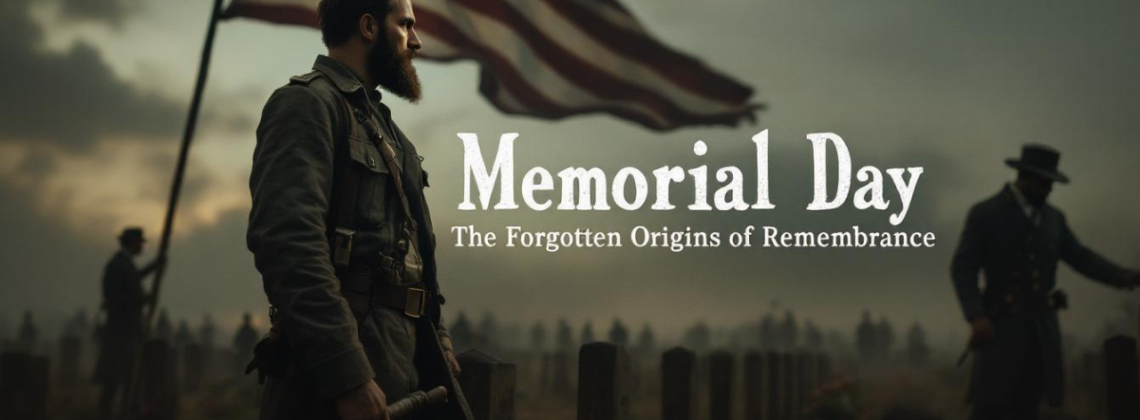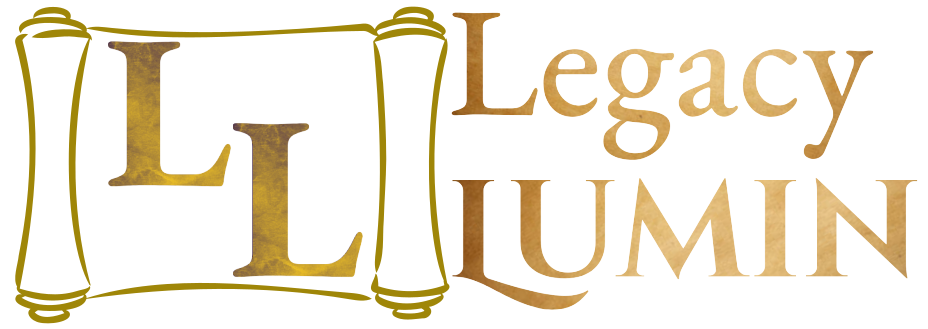
It began with silence—footsteps on dewy grass, the gentle rustle of flowers laid on graves with trembling hands. Long before the barbecues, sales, and long weekends, Memorial Day was born from the ashes of one of America’s darkest chapters: the Civil War. Today, it serves as a bridge between past and present, a solemn reminder of sacrifice and a call to remember. But how did this day come to be, and what does it truly mean?
The Origins of Memorial Day: Decoration Day
In the spring of 1865, as the Civil War ended, the United States grappled with immense grief. Over 600,000 soldiers had perished, leaving entire towns mourning fathers, sons, and neighbors. Communities across the nation responded in the most human way possible—they visited cemeteries to decorate the graves of fallen soldiers with flowers, flags, and wreaths. This act of remembrance laid the foundation for what we now know as Memorial Day.
The first widely recognized Decoration Day took place on May 30, 1868, when General John A. Logan, Commander-in-Chief of the Grand Army of the Republic, declared the day for honoring those who died defending the Union. May 30 was chosen because it was thought no battle had been fought on that date, symbolizing a gesture of peace. Yet even before this proclamation, a powerful act of remembrance had already occurred in Charleston, South Carolina.
Charleston’s Role in Memorial Day
In 1865, just weeks after the war’s end, freedmen in Charleston exhumed a mass grave of Union prisoners of war, giving them proper burials. They honored their sacrifice with a massive parade of thousands. This act was not just about remembrance; it was a poignant reclaiming of dignity, humanity, and freedom. Historians often credit this event as one of the first Memorial Day observances, rooted in the resilience and gratitude of newly emancipated men and women.
The Expansion to a National Holiday
Originally, Decoration Day was largely observed in the North, but by the late 19th century, Southern states began commemorating their Confederate dead on separate dates. The Civil War’s wounds were still fresh, and remembrance became a deeply personal and political act. However, after World War I, the holiday expanded to honor all American soldiers who died in any conflict, transforming it into a national day of mourning and reflection.
In 1971, Memorial Day was officially declared a federal holiday, observed on the last Monday of May to create a three-day weekend. While the holiday’s deeper meaning risks being overshadowed by leisure and sales, many communities still hold onto its solemn purpose. Veterans gather at dawn, flags are raised, names are read aloud, and sacrifices are remembered.
The Purpose Behind the Tradition
Memorial Day is more than a date on the calendar; it’s a vessel of national memory. It reminds us that freedom comes at a cost—one paid by generations of Americans who gave everything for their country. This tradition, born from the grief of a divided nation, has carried forward through the trenches of World War I, the beaches of Normandy, the rice paddies of Vietnam, and the deserts of Iraq and Afghanistan.
Each war and each new list of names has deepened the day’s significance. It’s not just about flags and flowers; it’s about remembering the lives lost, the ideals they fought for, and the kind of country they left behind. Memorial Day challenges us to honor their legacy by how we live—with purpose, gratitude, and a commitment to unity.
Living the Legacy of Memorial Day
While technology has transformed how we remember—with online archives, digital memorials, and stories shared across generations—it hasn’t diminished the importance of the day. Modern tools expand memory’s reach, allowing a new generation to connect with the past in meaningful ways. Yet Memorial Day also asks something more of us: to live with intention, to use our freedoms wisely, and to seek peace earnestly.
In classrooms, small-town parades, and family homes, Memorial Day remains a living tradition. When we pause to visit a cemetery or simply reflect, we participate in a ritual that began with widows, veterans, and freed slaves who chose not to forget. Their quiet acts of remembrance remind us that patriotism is often found in whispers—in a flag at half-staff or a family teaching their child, “This grave belongs to a hero.”
Reflecting on the Meaning of Memorial Day
As we approach the 250th anniversary of American independence, Memorial Day serves as a solemn echo of our nation’s defining moments. It reminds us of the ideals first fought for in 1776 and tested most violently during the Civil War. This day calls us to honor the unfinished work of remembering—not just the sacrifices made, but the reasons they were made.
Let this Memorial Day be more than a long weekend. Let it be a time to reflect on the cost of freedom and the responsibility it brings. As flowers fade and flags flutter, let us carry forward the meaning of this day—not as a relic of the past but as a call to live with purpose. After all, the responsibility to shape the country they died for now rests with us.
How will you choose to honor the legacy of Memorial Day? Share your reflections and traditions in the comments below. Let’s keep the memory alive, together. 🌟
